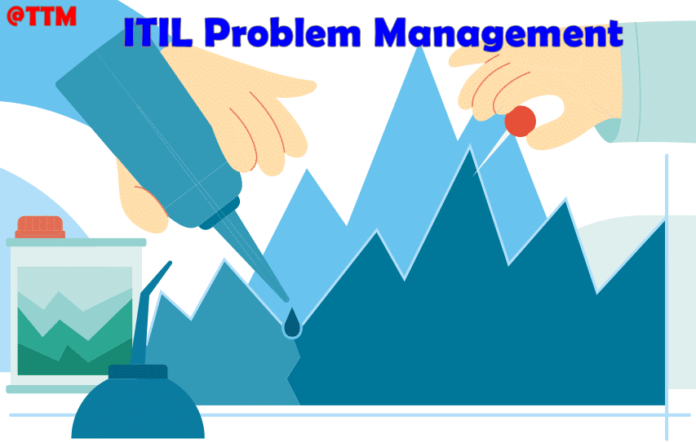In a service providing industry, it is essential that the below issues be dealt with as soon as possible-
- Data breaches
- Performance degradation
- Outages
Your customers won’t understand what these terms mean nor how you tackle them, but it is important for you to understand the vital differences between problem management and incident management.
Incident management:
An incident is defined as:
- Unplanned service interruptions
- Undisturbed service quality
- Uneventful customer service
Incident management is also defined as the interventions taken to minimize the negative impact of incidents by restoring normal service operations as soon as possible. In an incident management scenario, speed to correct the issue is important. It could be the classic On/Off switch and reset measures that count; hence the speed factor is much emphasized.
Also Read: Top 10 Project Management Tools
Lifecycle of Incident Management:
- Categorization, logging and prioritization: before a major incident arises that requires an all-hands-on dec approach, incident management helps recognize the course of action, the speed of action and the responses.
- Escalations: Discussions among the higher level of management, high-specialist teams and stakeholders are involved here to regulate and control and approve the measures taken to address the incident.
- Resolution: Service desks come into pictures when users escalate the issue using them and contact the support teams for resolution.
- Closure: Communication team from the organization or a representative will communicate the confirm the continuity of service to the customers.
Incident management revolves around communication and collaborative efforts and comes a full circle from users to stakeholders.
Problem management: The purpose of problem management is to reduce the known errors, manage work rounds and identify the potential causes of incidents.
In an organization, problem management focuses on the future to control adverse events, identify problems and resolve them with thoroughness. Speed isn’t a crucial factor here.
Lifecycle of Problem Management:
- Problem identification: Categorization, Logging and Prioritization are the bullet factors in problem identification.
- Problem Control: Analyzing and documenting the workarounds or errors is a crucial process for problem control
- Error control: Effective fixing of errors through workarounds and change control.
Steps to improve problems is a collective job and involves discussion with vendors, implantation of change planning and retrospectives.
Organizations benefit from problem management in the following ways:
- Reduce new and repeated incident tickets and save time + effort
- Stress on IT service desk staff will be considerably reduced
- Reduce MTTR-Mean time to repair
- Prevent the occurrence of disruptions
- Improve the user’s satisfaction score percentage
Also Read: Sun Nxt Coupon Codes











